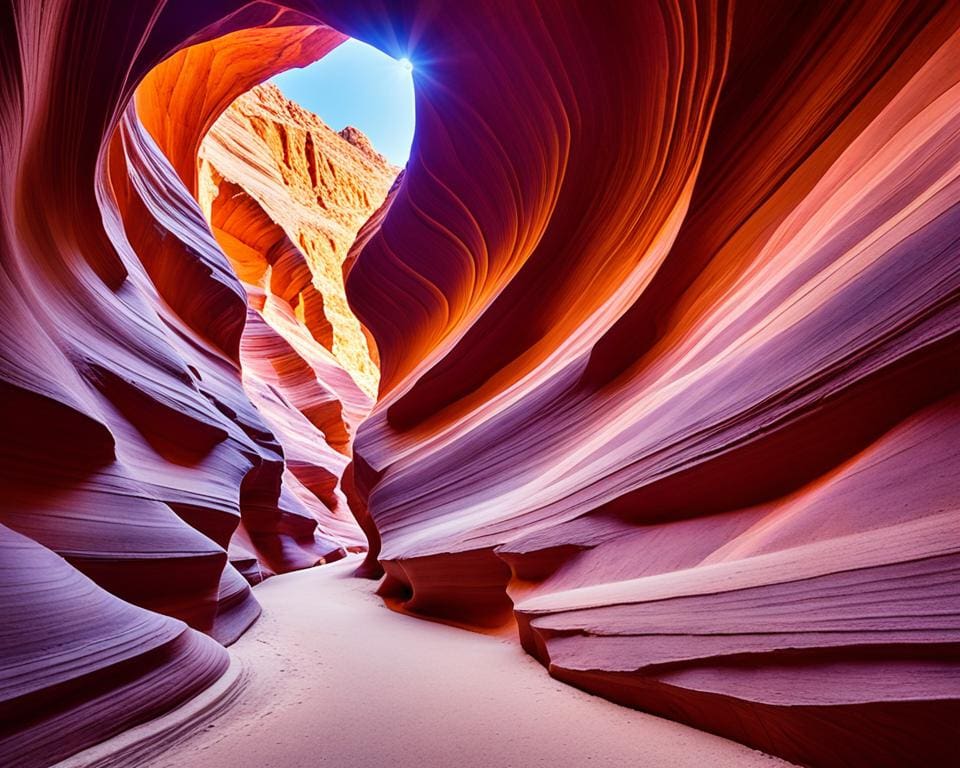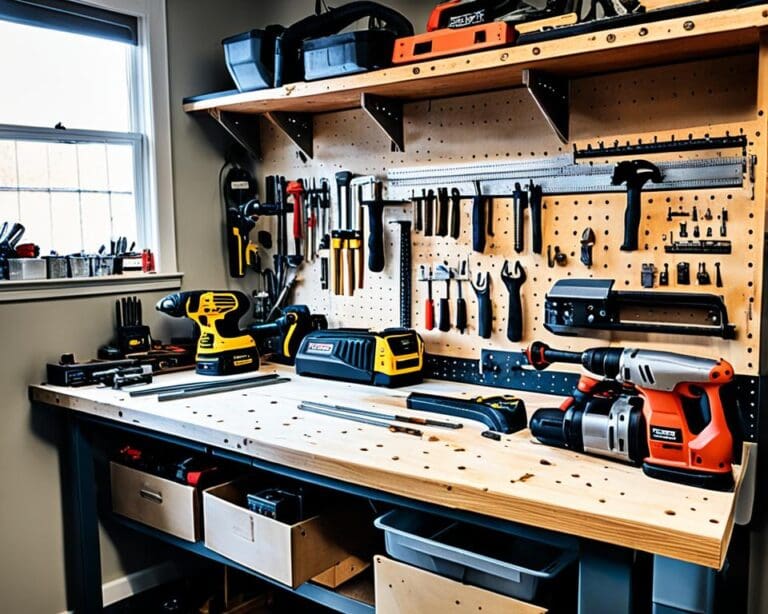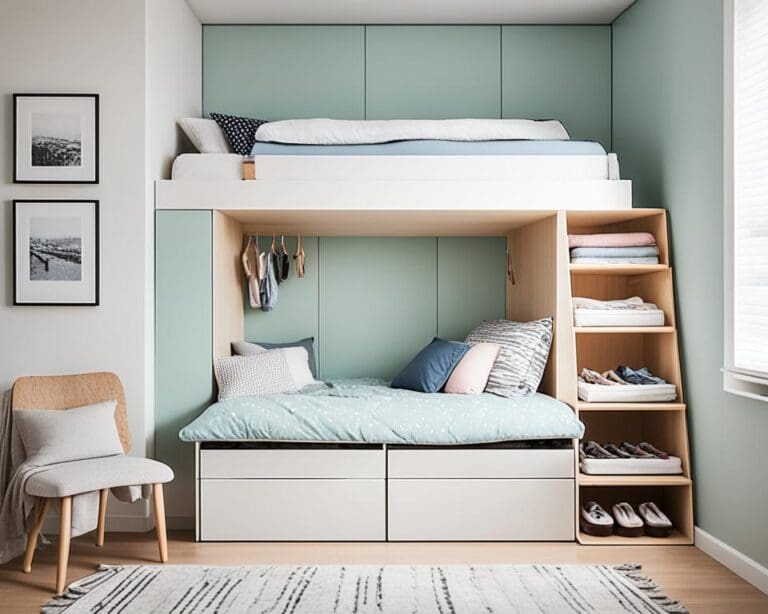Nestled near Page, Arizona, Antelope Canyon is a photographer’s dream destination. It’s famous for its breathtaking slot canyons. This place offers a dance of light and shadow. Photographers everywhere, amateurs and pros, come to catch its otherworldly beauty.
The adventure in Antelope Canyon isn’t just seeing the sandstone formations. It’s about diving into a world where colors and lights change by the minute. The canyon is around 37 meters deep, and exploring it takes about 1.5 hours. It’s a journey that’s as thrilling as it is beautiful.
As the most photographed canyon in the American Southwest, Antelope Canyon inspires countless artists and explorers. People capture everything from iconic shots to personal moments at sunset. This natural marvel is a reminder of the earth’s untouched beauty. It’s an essential spot for any photographer’s portfolio.
Why Antelope Canyon is a Must-See Location for Photographers
Antelope Canyon is a top spot for photographers due to its stunning beauty. Its magical light, smooth shapes, and bright colors offer a unique visual treat. It draws photographers to seize its captivating scenes.
The Unmatched Beauty of Slot Canyons
Slot canyons, like Antelope Canyon, create a special light and shadow play. They have been shaped by water and wind over years, showing off deep oranges, reds, and purples. Photographers find endless beauty to capture.
- Intricate textures that provide endless composition options
- Light beams filtering through narrow openings, creating breathtaking contrasts
- Wavy walls that seem to dance in the light, adding a dynamic element to images
Every spot in Antelope Canyon tells its own tale, making it a must-visit for photographers. It challenges creators to find new angles and stories. The scenery pushes artists to look deeper.
Unique Geological Features and Forms
Antelope Canyon is special due to its rare geological forms. These formations aren’t only beautiful but also tell a story of history. The canyon has been shaped by natural forces over millennia, presenting:
- Curved walls that create a sense of flow and movement
- Layered rock perfect for capturing the essence of time
- Surreal patterns, offering a canvas for imaginative compositions
Using wide-angle lenses, photographers can capture stunning images. These images combine Antelope Canyon’s natural beauty with artistic skill. They evoke strong emotions and showcase creativity.

Antelope Canyon: A Photographer’s Dream Destination
Antelope Canyon is a big inspiration for photographers. Its amazing sights are shaped by nature’s own hand. The light beams that shine through create mesmerizing photos. To capture this place’s beauty, understanding light and the rocks is key.
Capturing the Iconic Light Beams
Iconic light beams are best seen from late March to early October. The best time for photos is between 11 AM and 1:30 PM. Then, the sun sends beams through the canyon’s cracks. If you want these shots, plan to visit during these months.
Upper Antelope Canyon is famous for its light beams. It has a wide bottom and narrow top, great for photos. This part offers lots of chances for beautiful pictures.
Understanding the Role of Erosion in Its Formation
Erosion played a big part in making Antelope Canyon. Natural forces have shaped its sandstone over time. This process gives the canyon its unique look. Photographers should understand how erosion works to take great photos.
Visiting Upper and Lower Antelope Canyon offers different views. Lower Antelope has wave-like rocks and softer light. Knowing about erosion helps photographers capture the canyon’s beauty. Each part has its own charm and challenges.
Best Time to Visit Antelope Canyon for Photography
Choosing the right time to visit Antelope Canyon can make your photography better. The season greatly affects the light and how many people are there. This changes your chances of taking amazing photos.
Seasonal Factors Impacting Light and Crowds
The best months for photography in Antelope Canyon are from March to October. During these months, the conditions are perfect for photos, especially in mid-morning. Then, light beams shine on the canyon walls. Using cloudy white balance settings captures the rock colors accurately. The quieter months, from November to February, mean you can take photos without much disturbance.
Peak Photography Conditions Throughout the Year
The top spot for photos is Upper Antelope Canyon at noon. Light beams at this time make the canyon look incredible. You should book tours early to get the best light. Lower Antelope Canyon is less crowded in the early morning and it’s cooler.
Knowing where the sun is helps plan your photos. Use shutter speeds from two to 20 seconds for motion blur shots when it’s light. Both Antelope Canyons are more than just beautiful places. They are important to the Navajo Nation, making your visit more meaningful.
Essential Tips for an Unforgettable Photography Experience in Antelope Canyon
To get amazing shots in Antelope Canyon, book tours made for photographers. These tours have smaller groups. This lets you take your time to photograph the stunning scenes. For the best shots, use a wide-angle lens, like 10mm-24mm or 24mm-50mm. This captures the canyon’s beauty well. Make sure your camera settings are ready before you start because time is limited.
The perfect time to take photos is between 11 AM and 2 PM, especially from March to October. Avoid changing your lens in the canyon to keep it safe from dust. Use a blower to clean off any dust on your camera. Always shoot in RAW for easy editing later. Watch your histogram to keep image details for editing.
Try shooting from different heights and angles to get unique photos. Using a tripod helps with sharp images, especially in low light. Also, visit less crowded spots like Antelope Canyon X for peaceful shooting. It’s crucial to protect your gear from dust with UV filters. This keeps your equipment in top shape for an amazing photo journey.









